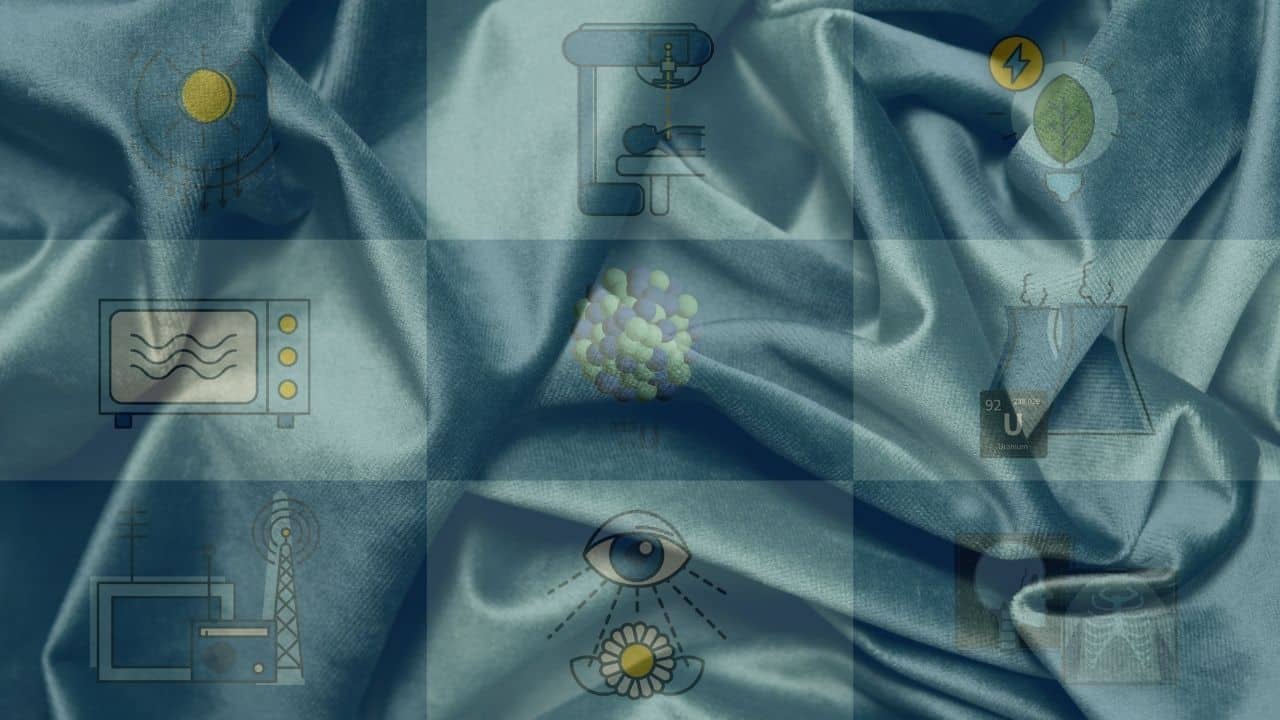In our society filled with constant changes and constant activities to keep up with the changing times, exposure to radiation has now become a common occurrence in our everyday lives.
Whether it’s from using phones or working with laptops and other electronic gadgets that emit waves, concerns about how this exposure could affect our health, in the long run have led to new ways to address these issues. One such solution that is receiving increasing interest is developing fabrics specifically designed to minimize radiation exposure.
Exploring the World of Electromagnetic Waves
Electromagnetic radiation (EMR), which includes wavelengths emitted by gadgets, is something to consider carefully. Prolonged exposure may pose risks in the long run despite certain safe limits being acknowledged by experts. As technology becomes more embedded in our lives, knowing about the impact of radiation exposure becomes increasingly important.
Exploring the Impact of Innovation on Textile Technology
In recent years, notable developments in fabric technology have led to innovative textiles that protect against electromagnetic radiation (EMR). Through the efforts of researchers and manufacturers, materials such as EMF shielding fabrics have been developed to shield or lessen exposure to radiation by incorporating fibers into the fabrics as a protective barrier against EMR.
Everyday Uses of Clothing
Modern fabrics, with technology, are not just for clothing; even everyday basics like t-shirts and socks now come with materials that can reduce radiation exposure risks for everyone’s health protection when worn daily.
Advantages That Extend Beyond Shielding Against Radiation
These fabrics protect from radiation, but they also offer other benefits, including the wearer’s comfort and breathability needs and added antibacterial properties for improved hygiene measures. They are a practical choice for contemporary wardrobes seeking both function and style.
Integrating Innovation into Household Settings
Radiation-reducing fabrics are not limited to clothing anymore; they have made their way into our homes, from curtains to bed sheets and even wall coverings. These new materials offer additional protection against radiation in our living spaces.
Exploring Difficulties and Factors to Think About
While there are advantages to using radiation-reducing fabrics in applications, some obstacles still exist. One significant issue is the cost involved. Utilizing fibers and specialized production methods typically results in expenses. However, as demand grows and technology advances, the prices will likely become more affordable.
Consumer knowledge also impacts this area, as there are still people who are not fully informed about the advantages of these fabrics. Raising awareness among consumers regarding the benefits and accessibility of textiles could lead to more acceptance. Efforts such as information drives and partnerships between producers and health groups could help close this gap in understanding.
Future Prospects for Radiation-Reducing Fabrics
There’s a future ahead in the realm of radiation protection textiles. Researchers are hard at work improving these fabrics, making them more effective and accessible. As people become more aware of their benefits, the demand for materials is expected to increase, leading to more advancements in this field.
When technology firms team up with fabric manufacturers, they can develop solutions together. The idea of merging radiation-shielding textiles with tech to make clothes that can monitor and adapt protection levels is truly innovative. This fusion of fabrics and technology opens up many opportunities for us.
In Closing
Reducing radiation exposure is crucially important in a time when technology is deeply intertwined in all facets of our lives. Novel materials such as EMF shielding fabrics offer a remedy by enabling people to shield themselves while maintaining comfort and fashion-forwardness.
As future progress unfolds, further changes lie ahead; these fabrics are poised to become common in living spaces. They bring assurance and health advantages to individuals who use them. Welcoming this progress boosts security and lays a path toward a healthier tomorrow.







































